That feeling of open-heartedness didn’t last long, as indie rock reemerged with hearts hidden under cardigan sleeves. In 1981, the BBC banned Shelley’s synth-pop love letter to anal sex, “Homosapien,” and the culture surrounding indie took a more censorious turn. In the following years, the Smiths released their influential eponymous debut, and the language of “indie” dominated the music press. The sound was easily codified by journalists; its punk and ’60s rock influences similarly inspired bands across the scene, resulting in a relatively homogenous and chaste style. (Journalists at the time generally failed to notice the inherent gayness of Morrissey’s Oscar Wilde idolatry, instead interpreting it as heterosexual sensitivity.)
“I can’t think of one rock artist who has been gay and proud, erotic and liberating— seizing the airwaves and giving the boys boners,” Adam Block wrote in response to this culture shift, in his 1982 essay for The Advocate, “Confessions of a Gay Rocker.” Queerness continued to take a backseat well into the later ’80s, with indie rockers moving closer to masculine orthodoxy and writing more asexual lyrics.
Back in the American suburbs, Hüsker Dü’s Bob Mould—who once said that he was “bored to death with guitar music,” and pivoted to disco shortly after coming out in the mid ’90s—wrote in the language of vague and universal sexuality, much like Stipe; an evasive tactic they’d learned from Shelley. Through muddy distortion, Mould often sang of self-hatred, of lovers lost, and he was keen not to be seen as a “gay musician.”
A queer agenda finally made its way through indie rock in the 1990s. Pansy Division, who formed in San Francisco around 1991, are oft-billed as the world’s first gay alternative rock band and credited with briefly lifting queercore into the mainstream. Inspired by Buzzcocks and the Ramones, Pansy Division—comprised solely of gay men—“wanted to be explicit because it seemed like there was no one else was going to be,” says singer/guitarist Jon Ginoli, adding: “You know, fuckers like Morrissey, who would just always tease us.”
Queercore—a gay offshoot of punk, post-punk, indie—began in mid ’80s Toronto when two zine-makers Xeroxed illustrations of rock stars engaged in gay erotica, including a jockstrap-wearing Anthony Kiedis. Pansy Division, who shared a label with Green Day and supported them on an early tour, were the rare example of a queercore band who played to straight audiences. “During one show, the entire audience chanted: ‘Fuck you, fuck you, fuck you!’” throughout our set,” says bassist Chris Freeman. “But there was a point where if you crossed that line into queerness, you were marginalizing yourself in such a big way, that it seemed like you were throwing away your career.”

